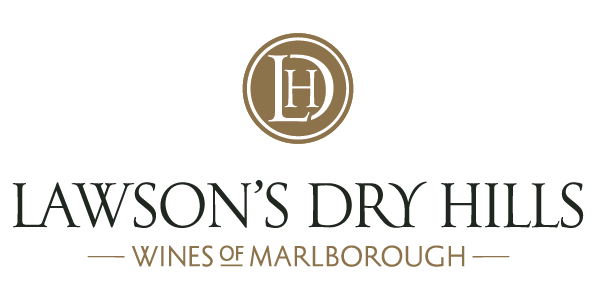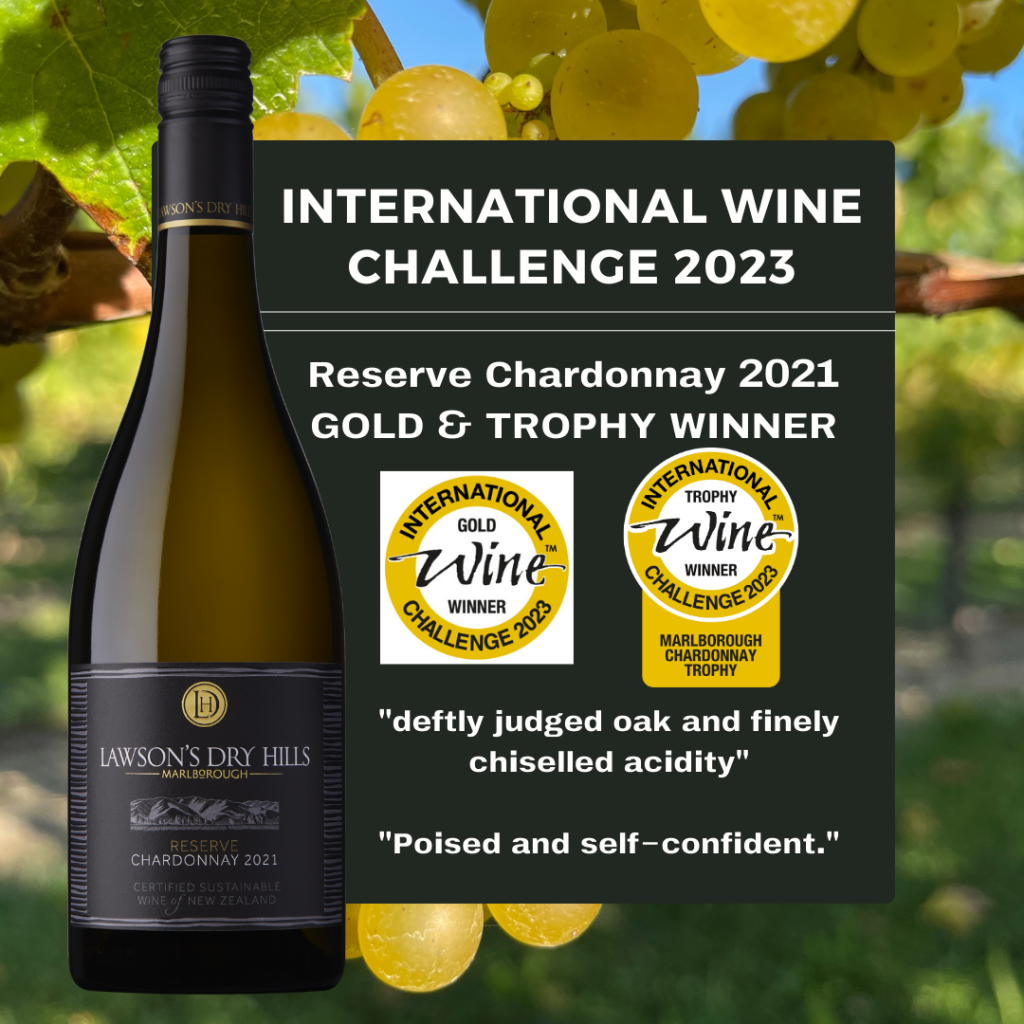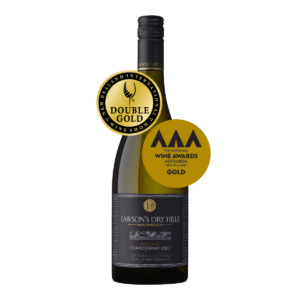
The Blind River Vineyard
As with all serious wines, the vineyard is the single most important element of Blind River. The unique combination of soil and micro climate – ‘terroir’ – cannot be replicated elsewhere. It defines the flavour profile giving a unique ‘footprint’ to the wines, ensuring they are memorable.
The Blind River site is predominantly Sauvignon Blanc with just under two hectares (five acres) of Pinot Noir. The vineyard is split into blocks from A to E based on the contours of the land with each treated separately and the wines fermented and made individually.
Blind River wines are very much handmade and of limited volume. The philosophy is to capture the characteristics of the vineyard and guide them into the finished wine. This is done by first ensuring the vineyard is nurtured in a way that encourages the desirable qualities of flavour, acidity, ripeness and overall balance.
History
The Blind River vineyard is located in the Awatere Valley, a sub-region of Marlborough, the world famous wine region that put New Zealand Sauvignon Blanc on the map.
Only planted in the mid 1980’s by pioneers who recognised the potential, the area used to form part of giant farming stations such as Molesworth, Flaxbourne and Starborough. Today however, the Awatere name has become synonymous with growing exceptional grapes and creating outstanding wines with intense aromas and flavours that also embrace the region’s distinctive mineral characters.
The Maori word Awatere means ‘fast flowing stream’. The river itself runs from semi high-country to the sea under the watchful gaze of Marlborough’s tallest peak, Mount Tapue-o-Uenuku (2,880m or 9,450 feet).
Climate
Being south-east of Marlborough’s Wairau Valley and closer to the coast, the vineyards of the narrow Awatere Valley experience an altogether more extreme growing season. The area tends to be more exposed to weather from the south resulting in drier, cooler and windier conditions which usually leads to a longer growing season. This contributes to more intense aromas and flavours as the grapes experience extended time on the vine.
Soils
The soils are typically free-draining, glacial gravel on wind-borne loess, often with a diverse composition of stone materials. Add to this a lack of underground water and the vine is naturally limited in both vigour and yield. This encourages ‘balance’ and helps the vine to concentrate its energy on the grapes, resulting in ripe, concentrated fruit.
Your wines were the standout for me at the recent Vintage Cellars International Wine Fair. I head a small group of ‘winos’ who meet monthly and I have been raving about Blind River to the group.
Paul Brettell, Australia




